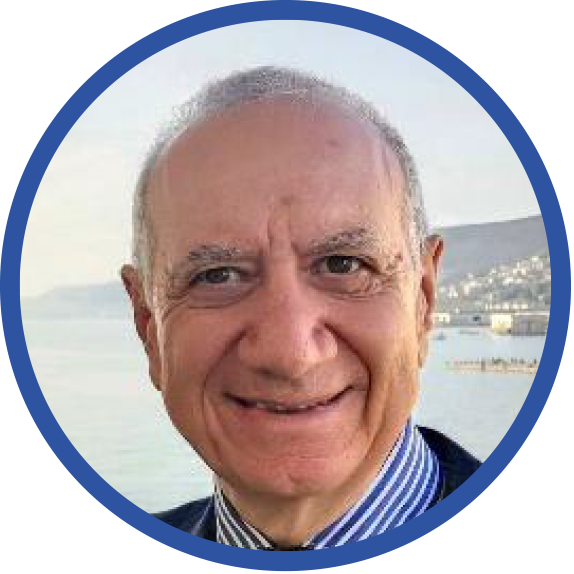
Luigi Maria Galantucci
Politecnico di Bari Italy
Biography:
Luigi M. Galantucci (1955) il Full Professor in Technologies and Production Systems Politecnico di Bari (Italy) and Head of the laboratories Rapid Prototyping and Reverse, Engineering and the MICROTRONIC Micromachining and Micro-measurement since 2000. Fellow for life since 2006 ofCIRP –International Academy for Production Engineering. “Doctor Honoris Causa” conferred by thePolytechnic University of Tirana – PTU, Republic of Albania (October 16th, 2009). Since the year 1981,he is involved in several international and national research projects on: 3D scanning and measurementof micro components, Reverse Engineering, Rapid Prototyping and Additive Manufacturing, LaserMaterial Processing, Thermomechanical simulation of manufacturing processes, , CAM, CAPP,Manufacturing System Analysis and simulation, Biomechanics, Anthropometry. Author of more than300 scientific papers published on journals, books, and conference proceedings.
Speech Title:
Advanced Hybrid Repair: Integrating Additive Manufacturing, Precision Machining, andReverse Engineering for Mould Restoration
Abstract:
Modern manufacturing increasingly adopts advanced repair techniques to extend component lifespanand reduce costs. This study focuses on mould repair, where complex, high-value components face wearand degradation. We present a hybrid approach combining additive manufacturing (AM), machining,and reverse engineering to restore and enhance damaged moulds.
High-resolution 3D scanning precisely assesses damage, enabling digital reconstruction. Directed energydeposition (DED) or laser-based AM rebuilds worn sections, followed by CNC machining to restoretolerances. This integrated workflow improves accuracy, reduces costs, and minimizes downtimecompared to conventional methods.
The research demonstrates how hybrid repair processes offer superior solutions for mould restoration,with potential applications across high-value manufacturing sectors. By synergizing AM, machining, anddigital technologies, this approach revolutionizes maintenance strategies while optimizing performanceand sustainability.